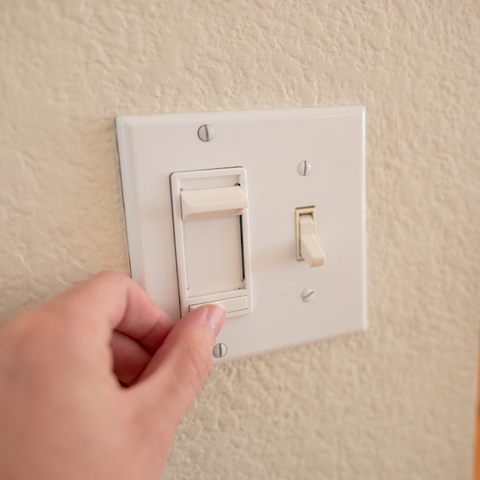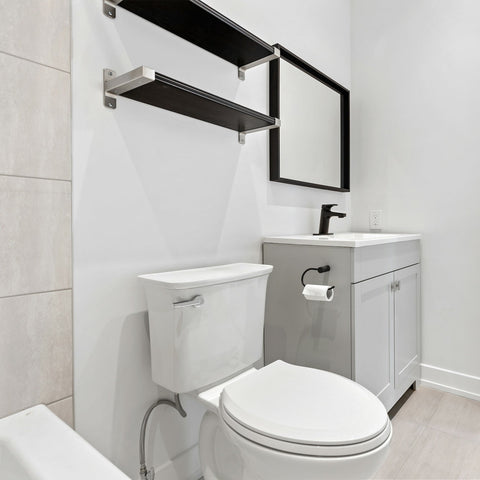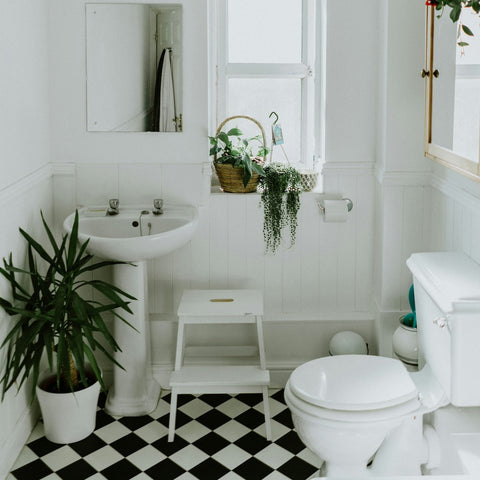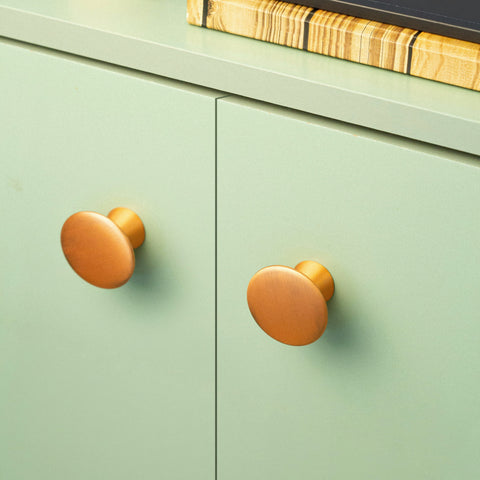DO prepare your work area for easy cleanup using painter’s tape. Caulk can get messy for even the most experienced pros, so it’s always a good idea to lay down a line of painters tape on each side of the line you’ll be caulking to ensure the neatest line possible. Run your finger or a caulk application tool over the bead of caulk, then remove the painter’s tape while the caulk is still fresh.
Tip: Making sure the caulk is still fresh is important because if the caulk sets before you remove the tape, you’ll risk pulling away all your hard work.
DON’T apply caulk when a surface is wet or dirty. A surface that isn’t dry and properly cleaned makes it more difficult for the caulk to adhere, which could cause issues like moisture seeping through or peeling soon after it’s applied.









